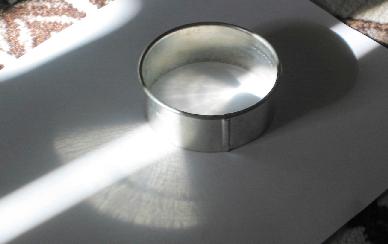
Light hitting the inside is focussed
Light hitting the outside is made to diverge
Light carries information about where things are, and energy. To concentrate the information (to make distant galaxies visible) or the energy (to get sunlight to boil water to run a turbine) involves redirecting it, which can be done with a lens or a curved mirror. Curved mirrors are simpler: their effect can be understood in terms of geometry.
Curved mirrors are used to make the very best telescopes, because the mirror treats all wavelengths of light the same. Large telescopes on earth (like Palomar) and the Hubble Space Telescope are based on curved mirrors. A TV satellite dish is also a curved mirror, that focuses radio waves onto a detector.
Convex mirrors are used to give wide-angle view
at awkward corners and in a car's passenger-side
rear-view mirror.
Examples of curved mirrors

| A ring-shaped cookie cutter in a light beam
Light hitting the inside is focussed Light hitting the outside is made to diverge |
|---|
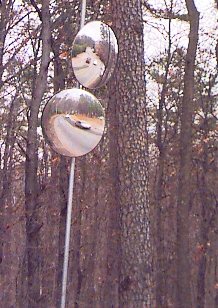
| These mirrors have been placed along a busy road, so that people trying to enter it from another road can clearly see both ways. |
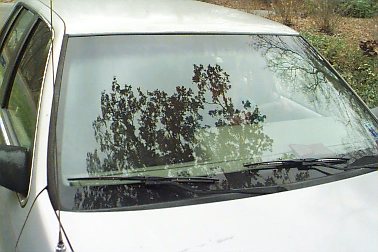
| A tree is reflected in the window of the car. |
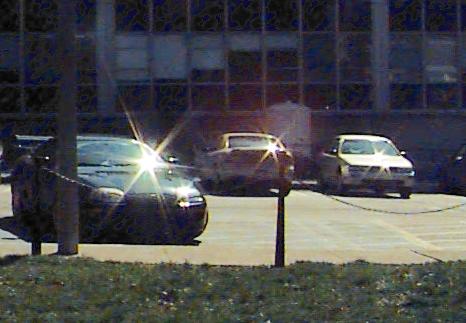 |
The windshield of this car is a curved mirror, that produces a virtual image of the sun. It's still too bright to look at! |
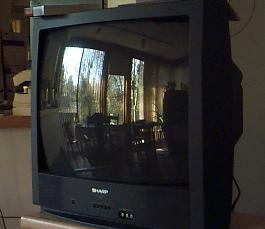 |
The curved TV screen distorts the world reflected in it (A metaphor? No, just an observation...) |
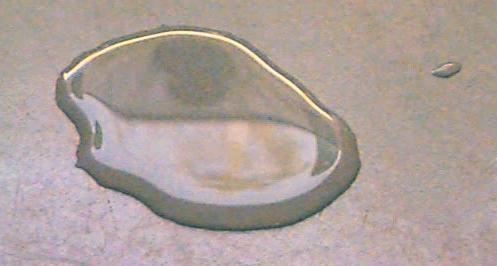 |
We can see transparent objects because they reflect some light from their surfaces. Here some water spilled on a counter top reveals its shape by the way it reflects the view out the window behind it. (The reflected view is upside down. The green blur is a tree, somewhat out of focus.) |
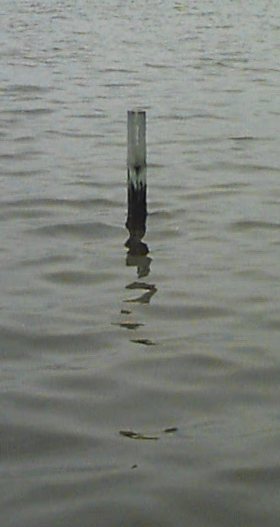 |
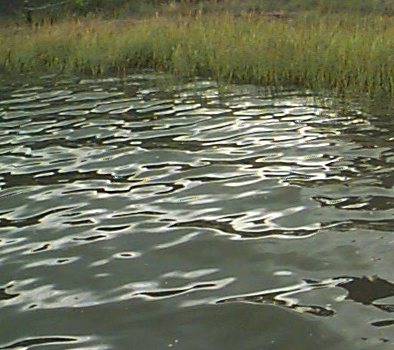 |
|
Curved objects that are made of reflecting materials are all around us. In this picture you can see the reflection of the window on the bottle, and the photographer (both right-side up and upside-down) reflected in the spoons. | 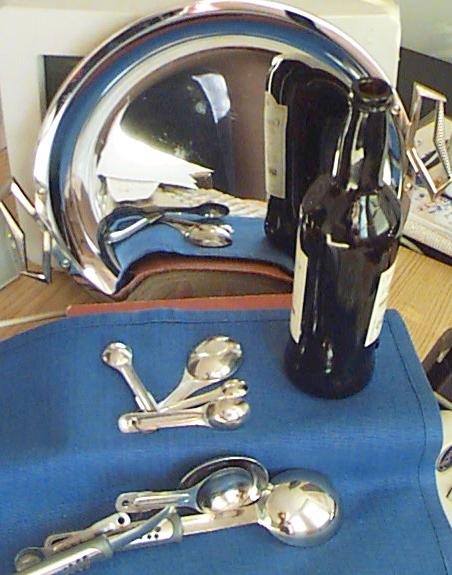 |